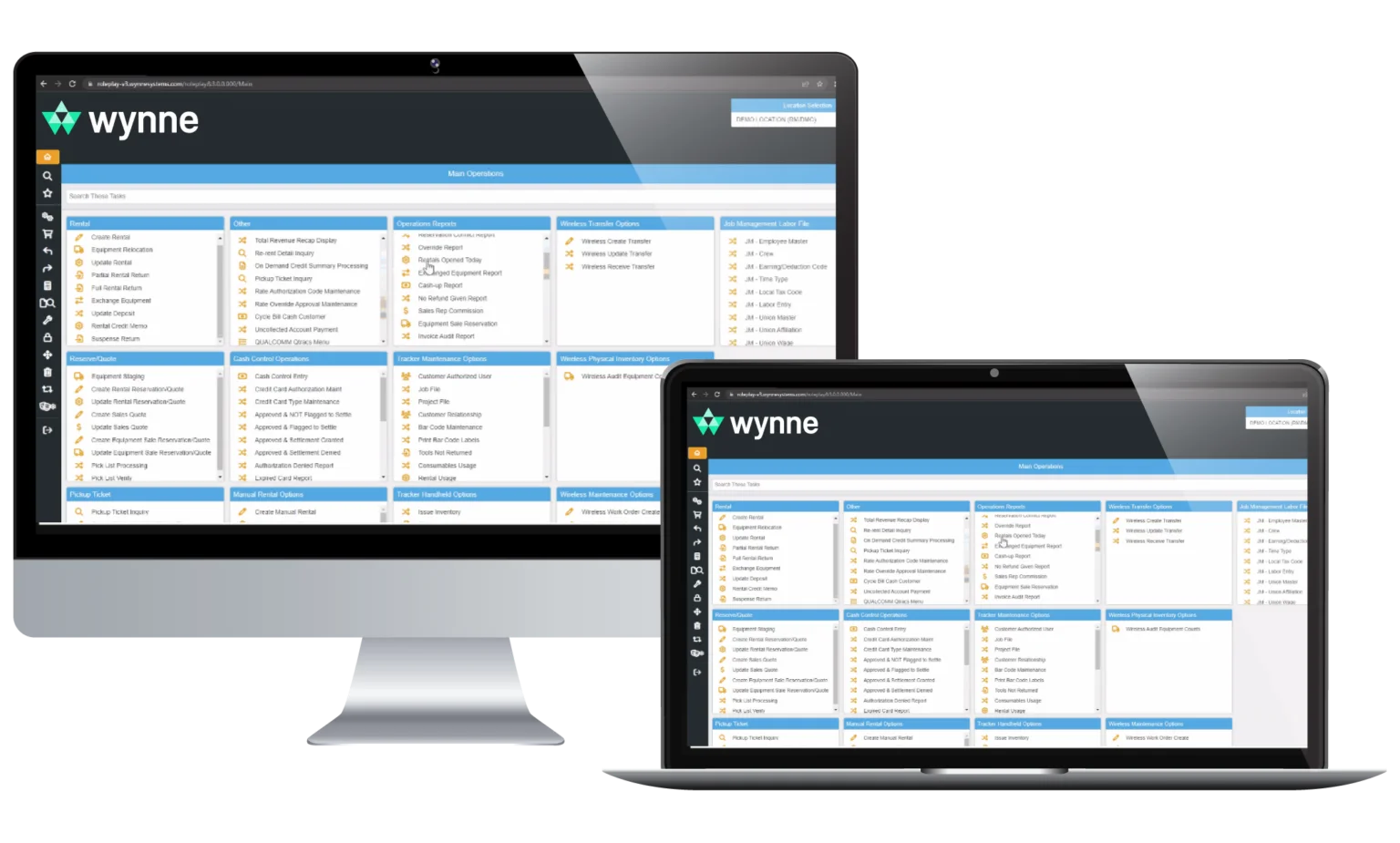
What should happen after you’ve signed the contract and are ready to implement software?
The contract has been signed and you’re now ready to start the implementation process. Before you do anything, you should understand that three crucial keys should be managed before making any system changes whatsoever.
Key #1: The Kickoff Meeting
Kickoff meetings are the first key component of any implementation. Up until this point, your company has been working with the sales team. But now, it’s time to meet the project team who will be managing your project. This meeting is critical in establishing a level of trust between the software’s implementation team and your internal project team, as these two groups will be effectively working together for the next 6-12 months. Brief introductions, confirming go-live dates, and establishing a broad timeline of events are likely to be made here. Also present should be departmental representatives, who can make decisions on software usage specific to their role (e.g. finance, fleet, operations). Again, a kickoff is only to establish the very broad strokes of the project.
Key #2: The Discovery Meeting
Yes, another meeting. But this is where the loose ball of dough we started to form from the kickoff meeting starts coming together. The goal here is to create a blueprint of what the final product will look like. Discovery meetings can be performed in a conference room with members of your internal project team providing details on the business process and expected outcomes. The preferred route is to have your software’s project managers go out into the field and observe a branch or job site in action. This allows for truly understanding the pain points of how the software can be installed for maximum efficiency. Having the ability to view your business process from start to finish provides a perspective that can’t be achieved with an email—which is why a discovery meeting is an absolute necessity for every installation.
Key #3: Blueprinting the System Configuration
And finally, the blueprint. This document contains everything your software’s project managers have learned through site visits and meetings. It details how the system will be configured to meet all the requirements discussed back from the sales process to their final site visit. The blueprint will be often referred to throughout the implementation process, which is why we consider it the final crucial key in a successful implementation.
Can software be installed without any of these keys? Unfortunately, the answer is yes but with repercussions. Either the software is set up in a way that defies how you do business, or the project management team is essentially working off every new request with no regard to a blueprint. These keys are designed to keep both teams focused, with a clear understanding of goals and timelines. Attempting to shortcut any of these can easily derail a project no matter how far along you are.




